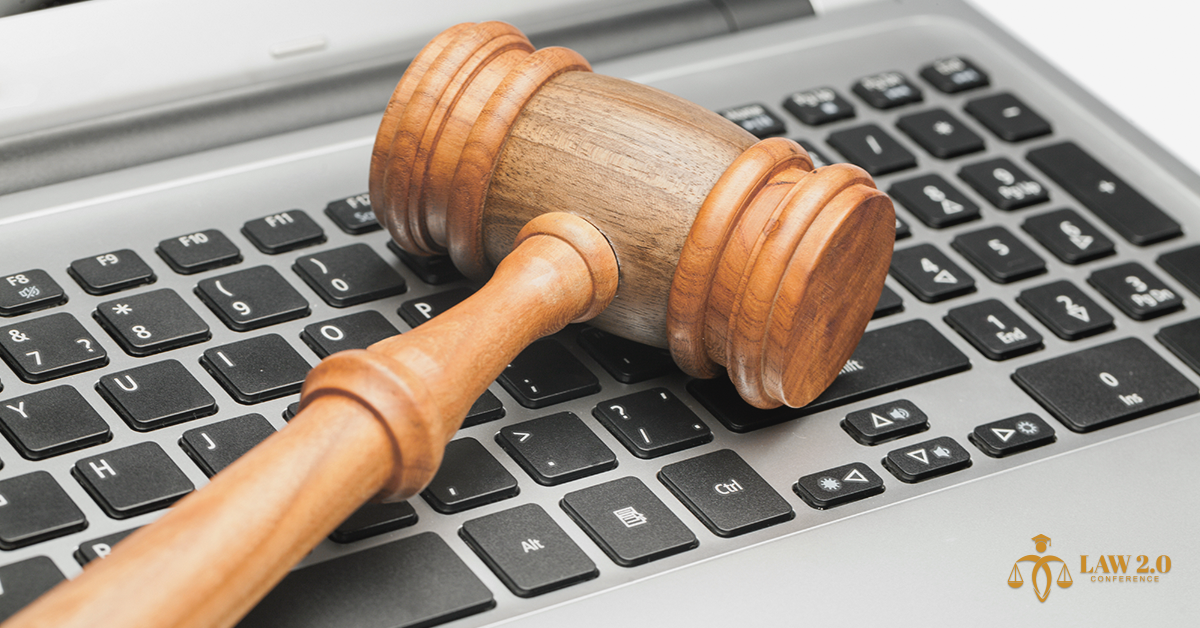In today's increasingly technologically integrated world, digital forensics is critical to almost all investigations. What procedures do digital forensic analysts use when dealing with data and devices, and how is their role evolving with the rapid pace of modern technological advancement?
Digital Forensics: What Is It & What Does It Include?
Digital forensics is a subfield of forensic science concerned with the tools and techniques used to recover and investigate digital artifacts. Artifacts are digital 'footprints' left behind by the device user's activities. As will be discussed at upcoming law conferences, users are generally unaware of the existence of these artifacts, and they are intentionally difficult to access and manipulate without specialized technical knowledge. Digital artifacts can reveal a wealth of information the user is unaware of, meaning they frequently contain valuable evidence in an investigation.
Types Of Professionals Trained To Perform Digital Forensics
Digital evidence, like physical evidence, must be handled by someone with the necessary skills and expertise. Someone who has received training in forensic evidence preservation, analysis, and expert witness reporting - 'digital forensics experts.'
Qualified digital forensics teams are also independent, which can help ensure that evidence collection goes smoothly.
Types Of Cases For Digital Forensics
In today's world, it is uncommon to encounter a topic that does not include some element of digital evidence or digital forensics work. Internal investigations at businesses frequently use digital forensics to investigate issues such as intellectual property theft, fraud, employee misconduct, bribery, corruption, and whistleblower allegations. Digital forensics is also frequently used to uncover evidence for civil and criminal litigation, such as defamation, blackmail and extortion, fraud or other financial crime, and a wide range of criminal defense cases.
Impact Of Digital Forensics On Future Legal Proceedings
In court, the integrity and continuity of the evidence will be closely scrutinized, and the most subtle changes made by a user, whether intentionally or unintentionally, can call the entire evidential submission into question. If the court determines that the evidence was not handled properly, it can be ruled inadmissible.
Legal teams will explore the subject at upcoming law conferences such as the Law 2.0 Conference, as digital forensics can significantly impact case strategy and the likelihood of winning a case.
Relationship Between A Digital Forensic Investigation & A more Extensive Internal Investigation
In most cases, the digital forensics investigation is an integral part of a more comprehensive investigation. In corporate investigations, the digital forensics expert, along with the general counsel, external lawyers, and sometimes representatives from the risk or compliance functions, should be part of the core investigation team.
Before an investigation is officially launched, digital forensics experts may be called in. For example, if a whistleblower complaint prompts an investigation, the compliance or legal team must assess its credibility before deciding how to proceed.
According to Law 2.0 Conference’s experts in the USA, a covert digital forensic investigation is frequently the quickest and, more importantly, the most discrete way of testing the credibility of an allegation while preserving any digital evidence that may exist. It also provides context for the team before they begin interviewing key employees. If there is reasonable suspicion that an employee is guilty, email and social media analysis and investigations into their lifestyle, assets, and conflicts of interest can help make these interviews more targeted and effective.
-01.svg)







